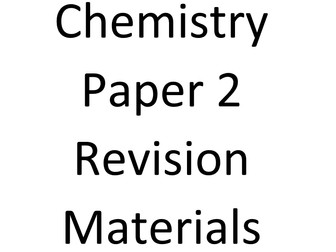Titration Calculations - Complete Lesson with Worked Examples
<p>A complete lesson showing how to carry out titration calculations. The slides and animations go through a worked example before giving students an opportunity to try themselves. Finally a GCSE style question is included.</p>
<p>Answers to all examples and questions are provided.</p>
